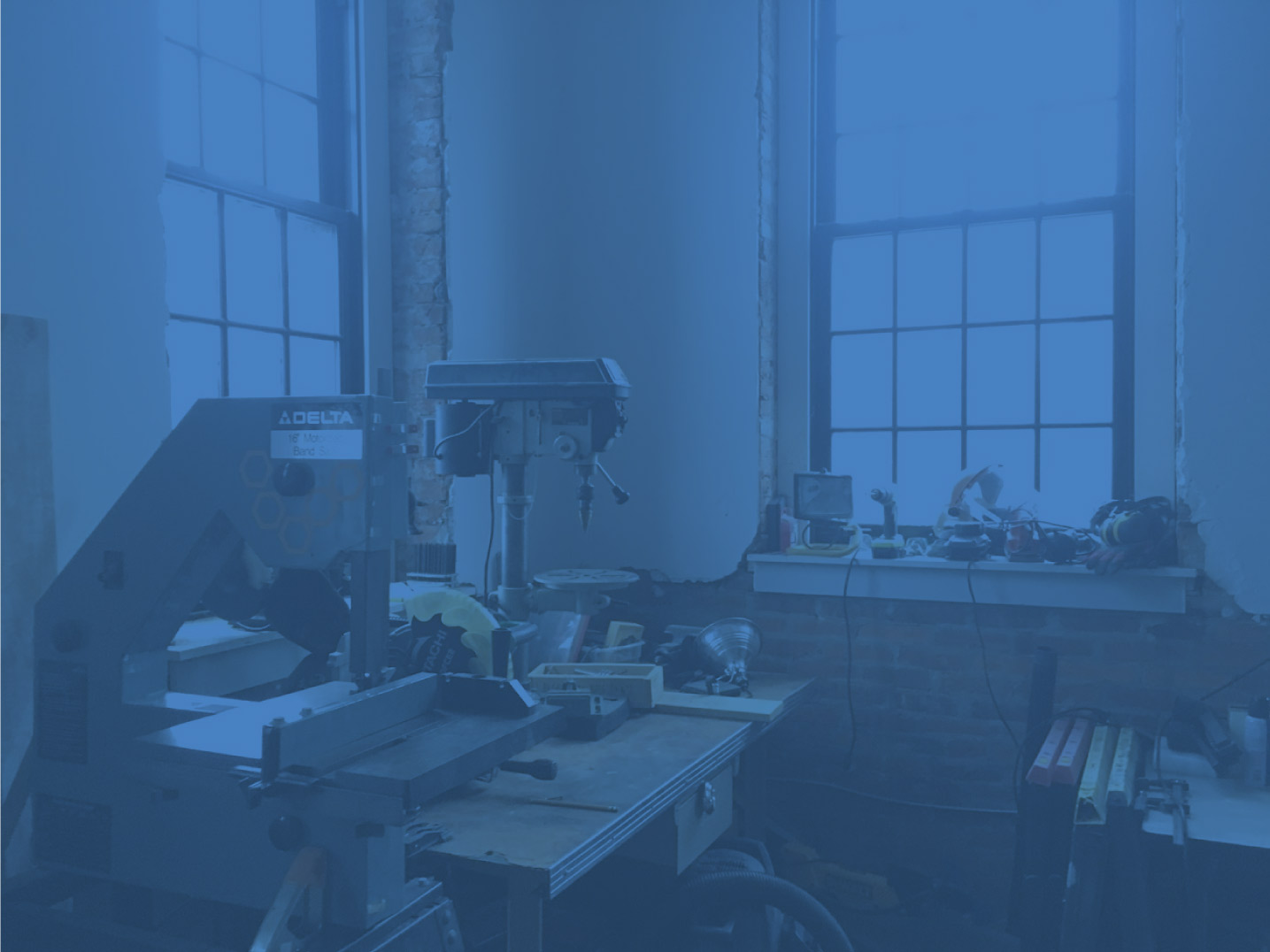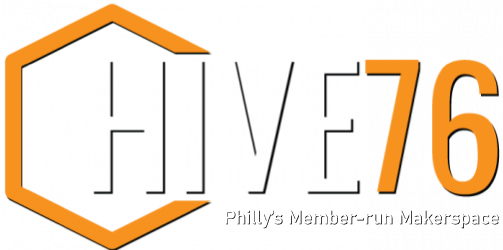 I’ve been wanting to teach a class on how to make DIY/handmade personal care products for a while (a long while) now. Now, finally, it is happening! On Sunday, December 2nd, from 12-2:30pm, come learn how to craft your own personal care/beauty products from all natural ingredients! Together we will create a variety of body care products– such as aluminum-free deodorant, fabric softener, lip balms, and hand salves– using simple, inexpensive recipes composed of non-toxic materials like cornstarch, olive and coconut oils, beeswax, dried herbs, honey, and essential oils. We will also learn how benign, common household ingredients like baking soda, vinegar, salt, lemon, and hydrogen peroxide can be used to effectively clean around the home. Everyone will leave the class with their own handmade samples of lip balm, deodorant, fabric softener/scented sachet, and hand salve. Sounds like fun, doesn’t it? I’m super excited to share the processes, recipes, and resources I’ve come across/developed/tweaked over the past couple of years of making my own personal care and cleaning products. Not only is it a fun way to spend an afternoon, but it feels empowering to have control and awareness of what goes on your body. I’ll be showing you just a few more ways that you can avoid consuming—and embrace making—in other aspects of your life!
I’ve been wanting to teach a class on how to make DIY/handmade personal care products for a while (a long while) now. Now, finally, it is happening! On Sunday, December 2nd, from 12-2:30pm, come learn how to craft your own personal care/beauty products from all natural ingredients! Together we will create a variety of body care products– such as aluminum-free deodorant, fabric softener, lip balms, and hand salves– using simple, inexpensive recipes composed of non-toxic materials like cornstarch, olive and coconut oils, beeswax, dried herbs, honey, and essential oils. We will also learn how benign, common household ingredients like baking soda, vinegar, salt, lemon, and hydrogen peroxide can be used to effectively clean around the home. Everyone will leave the class with their own handmade samples of lip balm, deodorant, fabric softener/scented sachet, and hand salve. Sounds like fun, doesn’t it? I’m super excited to share the processes, recipes, and resources I’ve come across/developed/tweaked over the past couple of years of making my own personal care and cleaning products. Not only is it a fun way to spend an afternoon, but it feels empowering to have control and awareness of what goes on your body. I’ll be showing you just a few more ways that you can avoid consuming—and embrace making—in other aspects of your life!
Added bonus: these easy-to-make products can be re-created on your own to be used as gifts for the upcoming holiday season!!
All Natural Handmade Personal Care Products Class
Sunday, December 2, 2012, 12:00PM – 2:30PM
Hive76, 915 Spring Garden St, Philadelphia, PA 19123
$25 (includes all materials…but feel free to bring your own essential oil if you have a specific signature scent!)


 ZOMG GUYZ!
ZOMG GUYZ!
 Turn-driven games have distinct periods where user input is taken, then periods where game updates are made, and the two do not overlap in anyway. The user-input section waits for the user to make their choice, and the user then waits for the update section to finish before they take their next turn. Many puzzle games and most board games are going to be of this type. For example, in chess with an AI player, the game waits for the player to move a white piece. Once the player moves, the AI takes over and calculates a move for a black piece, during which time the player is stuck and cannot make any moves. Once the AI has moved the a black piece, it’s up to the player to make a move decision again, and the AI cannot progress until the user has decided.
Turn-driven games have distinct periods where user input is taken, then periods where game updates are made, and the two do not overlap in anyway. The user-input section waits for the user to make their choice, and the user then waits for the update section to finish before they take their next turn. Many puzzle games and most board games are going to be of this type. For example, in chess with an AI player, the game waits for the player to move a white piece. Once the player moves, the AI takes over and calculates a move for a black piece, during which time the player is stuck and cannot make any moves. Once the AI has moved the a black piece, it’s up to the player to make a move decision again, and the AI cannot progress until the user has decided. Time-driven games work completely differently. They are constantly updating the game, never waiting for the user to first make a selection or hit a button or waggle their joystick. If a user does perform some kind of input, the input is not processed separately, it is taken into account for the next update. Think of a game of Asteroids, in which the big, giant rocks float around the screen all on their own until the user decides to turn her ship and blast them.
Time-driven games work completely differently. They are constantly updating the game, never waiting for the user to first make a selection or hit a button or waggle their joystick. If a user does perform some kind of input, the input is not processed separately, it is taken into account for the next update. Think of a game of Asteroids, in which the big, giant rocks float around the screen all on their own until the user decides to turn her ship and blast them.

 We will have an announcement and official start in the 3D Printer village at noon on Saturday. But the basic premise is this:
We will have an announcement and official start in the 3D Printer village at noon on Saturday. But the basic premise is this: